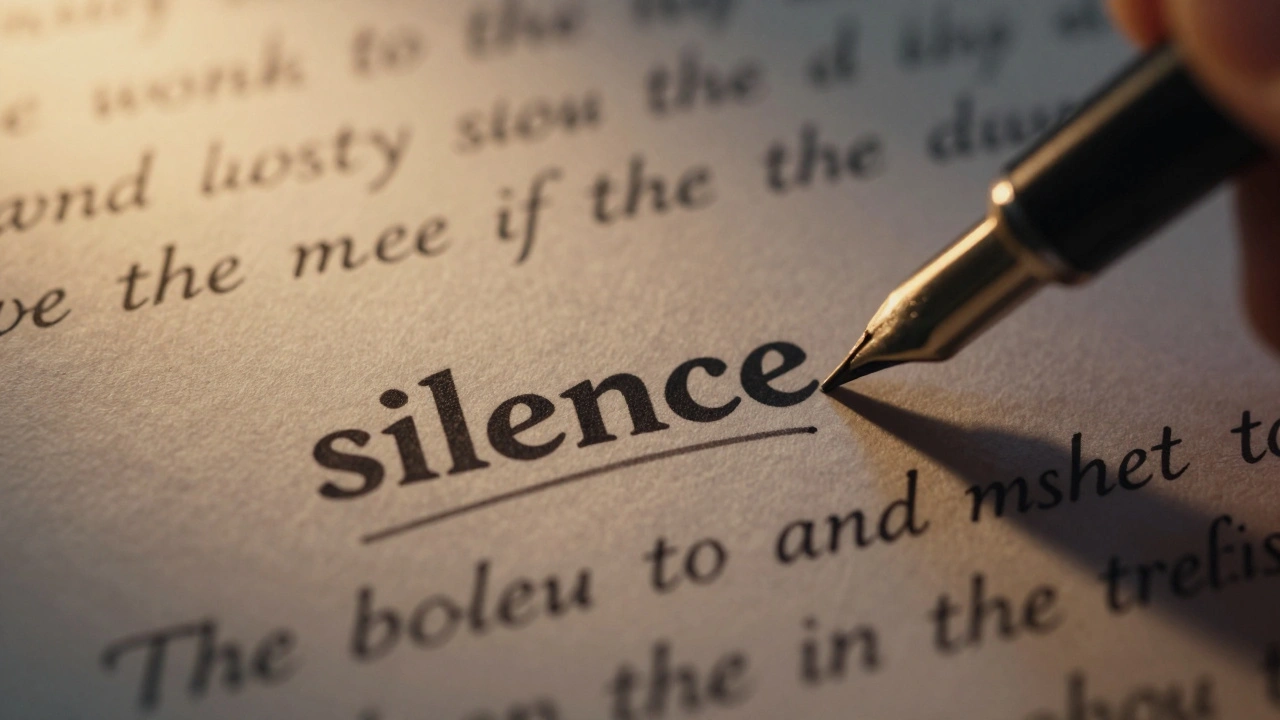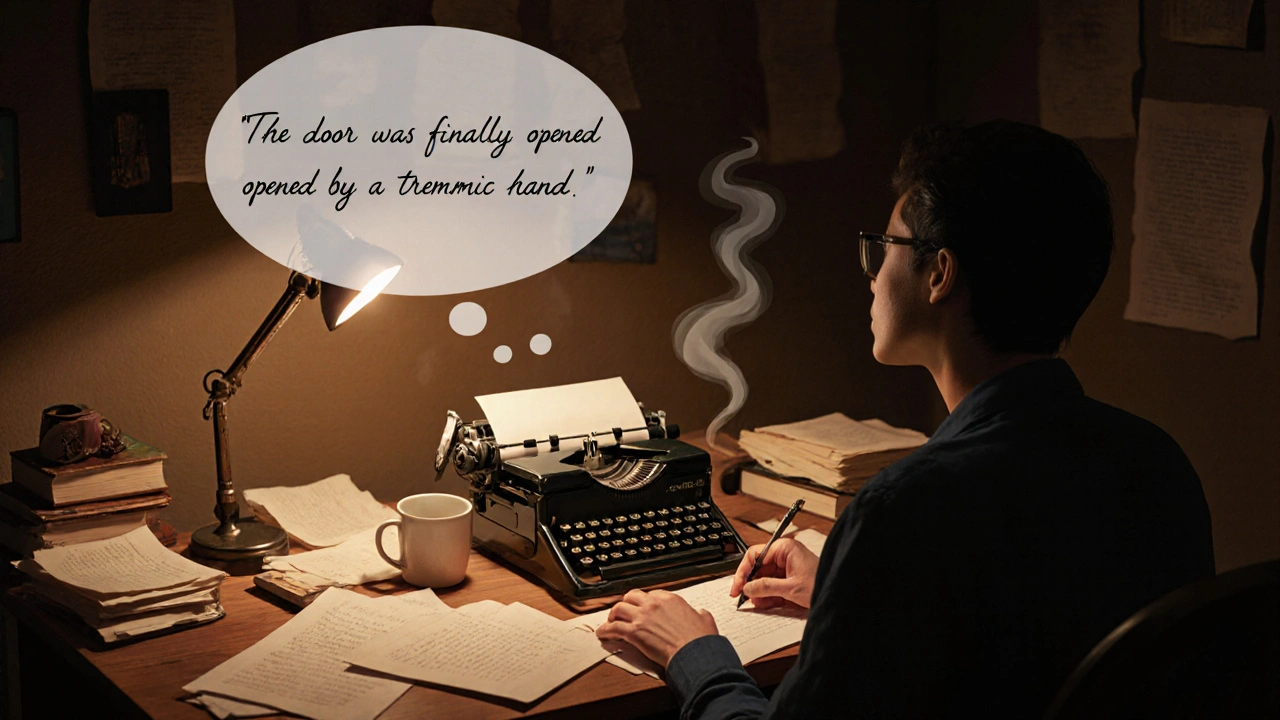Writing Techniques
When working with Writing Techniques, the set of methods writers use to shape story flow, character voice, and emotional impact. Also known as writing methods, it helps authors turn ideas into compelling prose. One standout approach is Rimming Passive, a technique that deliberately slows pacing by using passive constructions to deepen mood and underline themes. By pairing Rimming Passive with a solid grasp of Passive Voice, the grammatical form where the subject receives the action, writers can control how readers experience tension and release.
How These Techniques Interact
Writing Techniques encompass a range of sub‑skills. Rimming Passive requires a clear sense of narrative pacing; the slower rhythm lets scenes breathe, which in turn shapes the overall mood. Good pacing influences Theme Development, the way core ideas evolve throughout the story because lingering on key moments gives readers time to absorb deeper meaning. At the same time, mastering Passive Voice gives you the flexibility to shift focus from the actor to the action, a move that often heightens suspense. In practice, a writer might use a passive sentence to hide the perpetrator’s identity, then let the pacing linger, letting the theme of uncertainty settle in the reader’s mind.
Below you’ll find practical examples, tips, and a handy comparison table that show how each technique works in real novels. Whether you’re polishing a draft or starting a new manuscript, the posts in this collection will walk you through applying these methods step by step. Dive in to see how tweaking voice, pacing, and thematic focus can transform ordinary prose into an engaging reading experience.
10 Tips for Effectively Using Rimming in Your Writing
By Jasper Redmond On 1 Dec, 2025 Comments (6)

Learn how to use rimming in writing to make your sentences more powerful, memorable, and emotionally resonant. These 10 practical tips will transform how you end every paragraph.
View MoreRimming Passive Writing Technique: Boost Your Novels
By Simon Blackwell On 20 Oct, 2025 Comments (3)

Learn how the rimming passive technique slows pacing, deepens mood, and strengthens themes for novelists. Practical tips, examples, and a comparison table included.
View More




